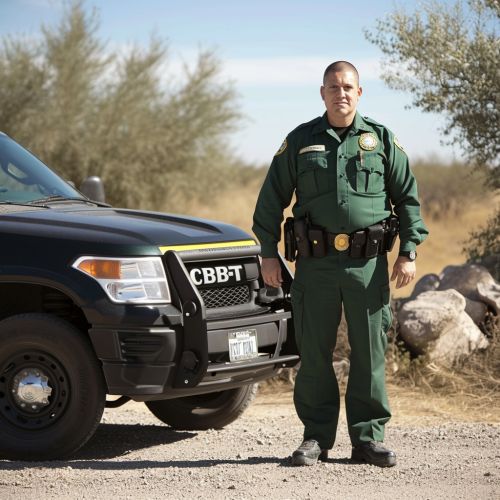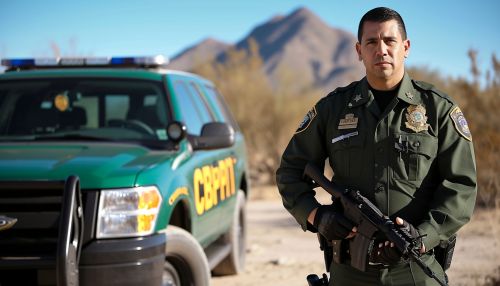United States Customs and Border Protection
Overview
The United States Customs and Border Protection (CBP) is the largest federal law enforcement agency of the United States Department of Homeland Security, and is the country's primary border control organization. It is charged with regulating and facilitating international trade, collecting import duties, and enforcing U.S. regulations, including trade, customs, and immigration. CBP is one of the largest law enforcement agencies in the United States.


History
The U.S. Customs Service was established by an act of the United States Congress on July 31, 1789, and it became part of the Department of the Treasury in 1789. The service was responsible for collecting tariffs and for other trade functions. The U.S. Immigration and Naturalization Service was established in 1933, and was responsible for immigration and naturalization functions. The Border Patrol, which had been a part of the Immigration and Naturalization Service, was included in the merger and became part of U.S. Customs and Border Protection.
Structure
The CBP is divided into three major directorates: Field Operations, Border Patrol, and Air and Marine Operations. Each of these directorates is headed by an Executive Assistant Commissioner. The CBP also has a number of offices that support the overall mission of the agency.
Field Operations
The Office of Field Operations (OFO) is responsible for enforcing immigration law at ports of entry. OFO officers enforce customs and agriculture laws, including trade compliance. They also provide security and facilitation operations at 328 ports of entry throughout the country, including airports, seaports, and land borders.
Border Patrol
The United States Border Patrol is the mobile, uniformed law enforcement arm of U.S. Customs and Border Protection within the Department of Homeland Security responsible for securing U.S. borders between ports of entry.
Air and Marine Operations
The Air and Marine Operations (AMO) is responsible for enforcing customs and immigration laws in the maritime environment, in between ports of entry, and within the interior of the United States.
Functions
The CBP's functions include the following: enforcing customs, immigration, and agriculture laws and regulations; facilitating lawful international travel and trade; protecting the American public, the national security, and critical infrastructure from terrorist and criminal threats; and managing the Border Patrol and Air and Marine Operations.
Training
Training for CBP officers includes courses in anti-terrorism, detection of contraband, immigration and customs laws, physical training and use of firearms. The training is rigorous and thorough, preparing officers for the diverse demands of the job.
Criticisms and controversies
Like any large organization, the CBP has faced its share of criticisms and controversies. These have ranged from allegations of excessive force and racial profiling to concerns about the conditions in CBP detention facilities.
